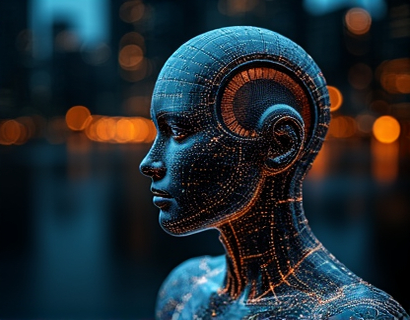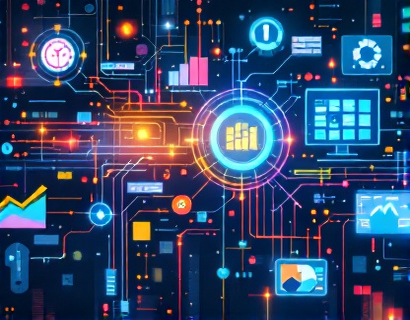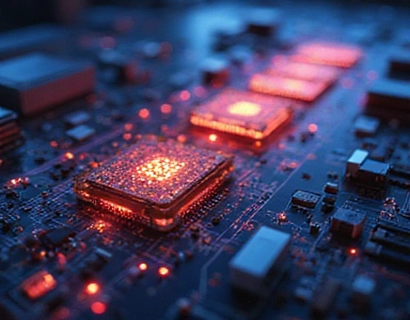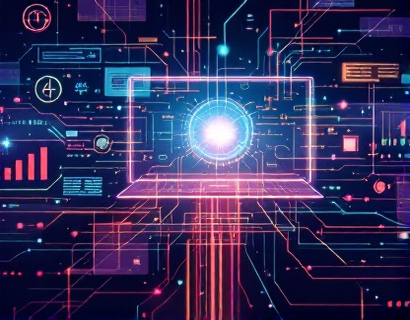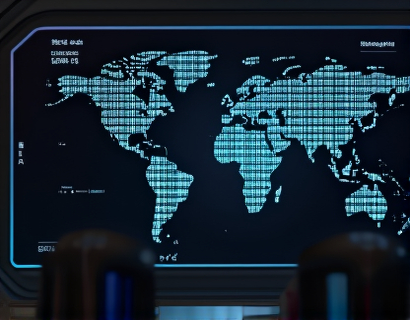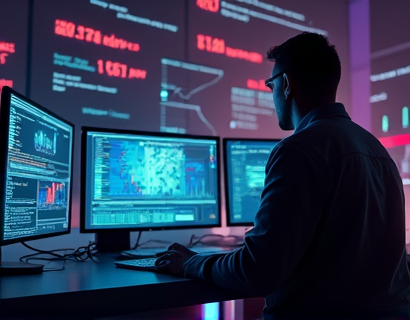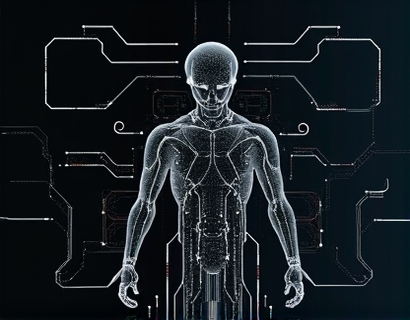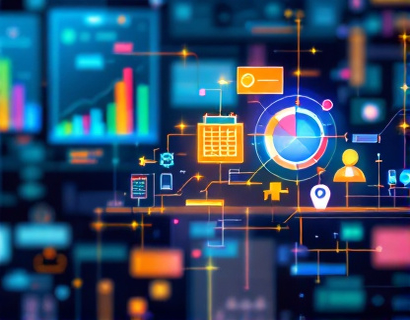Elevating Digital Transformation: The Synergy of AI and Crypto
The intersection of artificial intelligence (AI) and cryptocurrency is redefining the landscape of digital transformation. This powerful combination is not only driving innovation but also enhancing user experiences across various sectors. As technology continues to evolve, understanding the synergy between AI and crypto becomes crucial for tech innovators and crypto enthusiasts aiming to stay ahead in the rapidly changing digital world.
The integration of AI and cryptocurrency is transforming how we approach digital projects. AI brings intelligent automation, predictive analytics, and personalized experiences, while cryptocurrency offers decentralized, secure, and transparent transactions. Together, they create a robust framework for developing smart solutions that can significantly elevate digital experiences.
Enhancing User Engagement through AI and Crypto
One of the most significant benefits of combining AI and cryptocurrency is the enhancement of user engagement. AI-driven analytics can analyze user behavior and preferences in real-time, allowing for highly personalized interactions. This level of personalization is crucial in maintaining user interest and loyalty. For instance, AI can tailor content, recommendations, and even user interfaces to match individual user profiles, creating a more engaging and satisfying experience.
Cryptocurrency adds another layer of engagement by enabling seamless and secure transactions. The use of crypto tokens can incentivize user participation and reward engagement. For example, a platform can issue its own cryptocurrency tokens as rewards for completing tasks, referring friends, or contributing content. These tokens can then be used within the ecosystem or exchanged for other assets, fostering a sense of community and active participation.
Smart Contracts and Decentralized Applications
Smart contracts, a key feature of blockchain technology, are revolutionizing the way we build and interact with digital applications. When combined with AI, smart contracts can automate complex processes with precision and reliability. AI can optimize the execution of these contracts by analyzing data and making informed decisions, reducing the need for manual intervention and minimizing errors.
Decentralized applications (dApps) are another area where AI and crypto converge to create innovative solutions. dApps leverage blockchain's decentralized nature to provide users with greater control and transparency. AI can enhance dApps by providing intelligent features such as predictive maintenance, fraud detection, and personalized user interfaces. This synergy results in applications that are not only secure and transparent but also highly functional and user-friendly.
Data Security and Privacy
Data security and privacy are paramount in the digital age, and the combination of AI and crypto offers robust solutions. AI can detect and mitigate security threats by analyzing patterns and anomalies in real-time. Machine learning algorithms can identify potential vulnerabilities and automatically implement security measures to protect user data.
Cryptography, the foundation of blockchain technology, ensures that data is encrypted and secure. When AI is integrated with cryptographic techniques, it can further enhance data protection. For example, AI can manage and optimize encryption keys, ensuring that data remains confidential and accessible only to authorized users. This dual approach provides a comprehensive security framework that addresses both modern and emerging threats.
Supply Chain Optimization
Supply chain management is another sector that benefits greatly from the integration of AI and crypto. AI can optimize supply chain operations by predicting demand, managing inventory, and streamlining logistics. Real-time data analysis allows for proactive decision-making, reducing delays and costs.
Cryptocurrency can facilitate transparent and efficient transactions within the supply chain. Smart contracts can automate payments and ensure that all parties adhere to agreed-upon terms. This reduces the risk of fraud and errors, creating a more reliable and trustworthy supply chain. Additionally, the use of crypto tokens can represent various assets, such as goods or services, providing a standardized and traceable method of tracking products from origin to destination.
Financial Inclusion and Accessibility
The combination of AI and crypto has the potential to drive financial inclusion and improve accessibility. Traditional financial systems often exclude a significant portion of the global population due to high costs and complex regulations. Cryptocurrency, with its decentralized nature, can provide access to financial services for underserved communities.
AI can further enhance financial inclusion by offering personalized financial advice and services. For instance, AI-powered chatbots can guide users through financial literacy, help them manage their finances, and provide tailored investment recommendations. Cryptocurrency can serve as a medium of exchange, reducing transaction fees and making financial transactions more accessible and affordable.
Innovative Business Models
The synergy of AI and crypto is giving rise to innovative business models that disrupt traditional industries. For example, in the entertainment sector, blockchain-based platforms can use AI to create personalized content recommendations and reward creators with crypto tokens based on user engagement. This model incentivizes high-quality content creation and ensures that creators receive fair compensation.
In the healthcare industry, AI-driven diagnostic tools combined with blockchain can secure patient data and enable seamless sharing between healthcare providers. Crypto tokens can be used to reward patients for sharing their health data, fostering a collaborative and data-rich environment that improves medical research and patient care.
Challenges and Considerations
While the potential of AI and crypto is vast, there are challenges and considerations that must be addressed. Regulatory uncertainty remains a significant hurdle, as governments worldwide are still grappling with how to regulate these emerging technologies. Compliance with existing laws and the development of new regulations are essential to ensure the sustainable growth of AI and crypto applications.
Technical complexity is another factor to consider. Integrating AI and crypto requires a high level of expertise and resources. Organizations must invest in skilled professionals and robust infrastructure to develop and maintain these systems effectively. Additionally, ensuring user education and adoption is crucial for the success of AI and crypto-driven solutions.
Future Prospects
The future of AI and crypto is promising, with ongoing advancements poised to unlock even more innovative possibilities. The development of more sophisticated AI algorithms and the widespread adoption of blockchain technology will continue to drive digital transformation. As these technologies mature, we can expect to see more seamless integrations and novel applications that further enhance user experiences and drive growth in various industries.
In conclusion, the combination of AI and crypto is a powerful force in the realm of digital transformation. By leveraging the strengths of both technologies, we can create smart solutions that not only improve user engagement and security but also foster innovation and inclusivity. For tech innovators and crypto enthusiasts, embracing this synergy is key to staying ahead and shaping the future of digital experiences.





